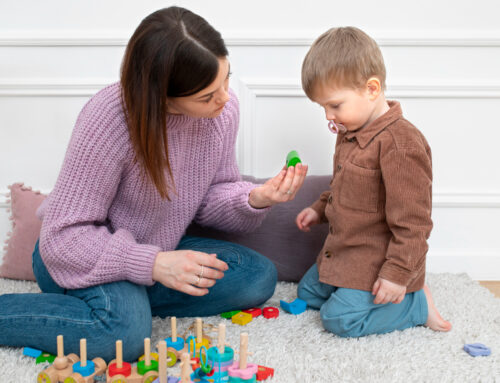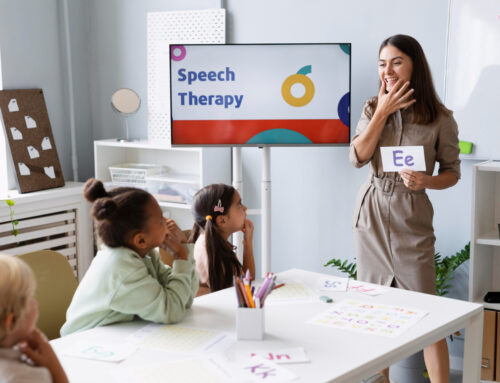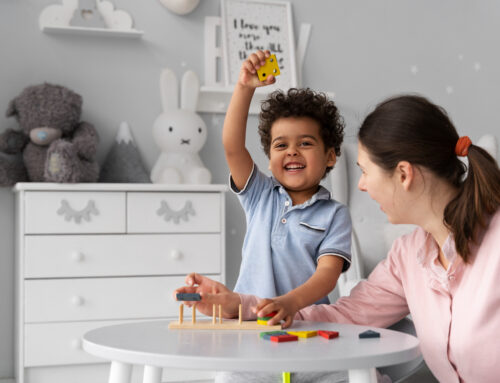Is it that time? Has your child reached an age where you, the parent, are confident enough to teach him or her the basics of riding a bike? Well, that’s great and congratulations. You proudly wrench the training wheels off, assist your child with his helmet, and then guide him to his bike seat. Both you and your child are beaming in anticipation of what’s going to happen. You steady the bike with one hand as your kiddo starts to pedal forward. You let go and he takes off! In a matter of a few feet, gravity takes over. The child and the bike tip and with a loud thud hit the pavement, causing the waterworks to burst.
What went wrong? On the surface, nothing. This is pretty typical of a child’s early experience with operating a bicycle. However, if you and your child want to reduce the inevitable frustration that comes with learning, use some of the following tips and break down the process step by step:
Make sure your child actually wants to and is ready to learn. Whatever you do, do not rush the issue. Riding a bicycle with no training wheels is rarely an urgent milestone that needs to be met within a certain deadline. Yes, some children will learn how to ride by the time they are 3 years old but this is exceptionally rare. Typical ages usually range from 5-8 years old at the earliest.
Have an open discussion with your child and ask if he or she would like to try out the bike without the training wheels on. Remember, this should only be suggested if the child has had several months of practice using a bike with training wheels left on.
Safety first. Have all of the safety equipment in place and ready to go. Your child should always be wearing a helmet, even if the ride is only up a short sidewalk and back. Make sure your child is wearing colorful, bright clothes in order to alert drivers that may pass by. Teach your child during daylight hours because night time occludes drivers’ vision, and your child is more likely to lose steering control and stray into the road. Have the child wear sturdy close-toed shoes in order to get enough traction against the pedals and to protect the feet from injury.
Use substitute surfaces if required. If you’re a little nervous about starting your child off on pavement or cement, maybe start with practice rounds in short-grassed lawns. Avoid using graveled or loose-rocked paths with bumps and potholes because your child will most likely not be ready to compensate and to prevent sliding out.
Focus on the hips. Yes, please teach your child how to pedal forward and to steer the handlebars because he or she can’t operate the bike without either type of skill. Just remember that the most neglected parts of the body while teaching someone how to bike without training wheels are the hips and torso. Hold your child up on the bike in a neutral, upright position. Encourage them to keep their feet firmly planted on the pedals while you cautiously tip them from left to right. Draw attention to their hips and torso. Show them what to do with their torso and buttocks when the bike starts to tip.
Modeling. Children learn a great deal by simply watching other kids. If you have another child who has already mastered riding a bike without training wheels and is not significantly older than the learner, have the child become and additional teacher. If there isn’t another child, have another parent of family member video-record the child learning how to ride. Yes, include failures too because the child can learn how to correct him or herself just by watching the video.
Let your child determine rest breaks. If your child requests a break or to stop riding for the day, allow for it. Do not force the issue because then you will accidentally make riding a bike a chore rather than a fun activity.
Brakes education. Before even taking the training wheels off, make sure your child already knows how to operate the brakes whether it’s hand brakes or pedal brakes.
Upgrade and downgrade the ride. Start the child off on a smooth and straight surface that will only take them from point A to point B. If your child can initiate, ride, and brake independently in one straight line then add challenges. Teach steering and maneuvering around obstacles (i.e. cones, rocks, etc.). Guide them on a ride over ground with variable surfaces (i.e. broken up or cracked sidewalks, driveway cutouts or thresholds, etc.).
Remember that a young child will have limited endurance, which means that taking them on an 8-mile bike ride is impractical and dangerous. Work them up to that at their own selected pace and keep them well hydrated.





